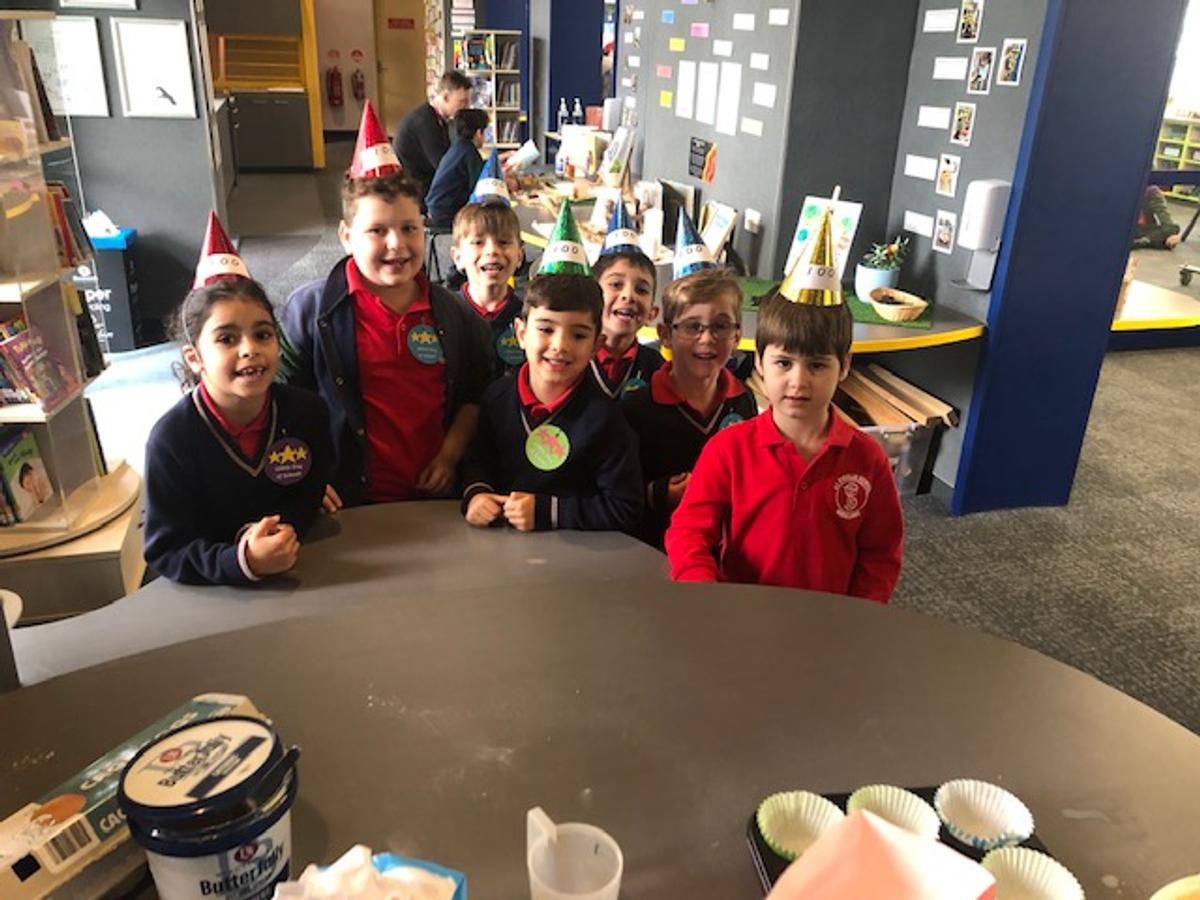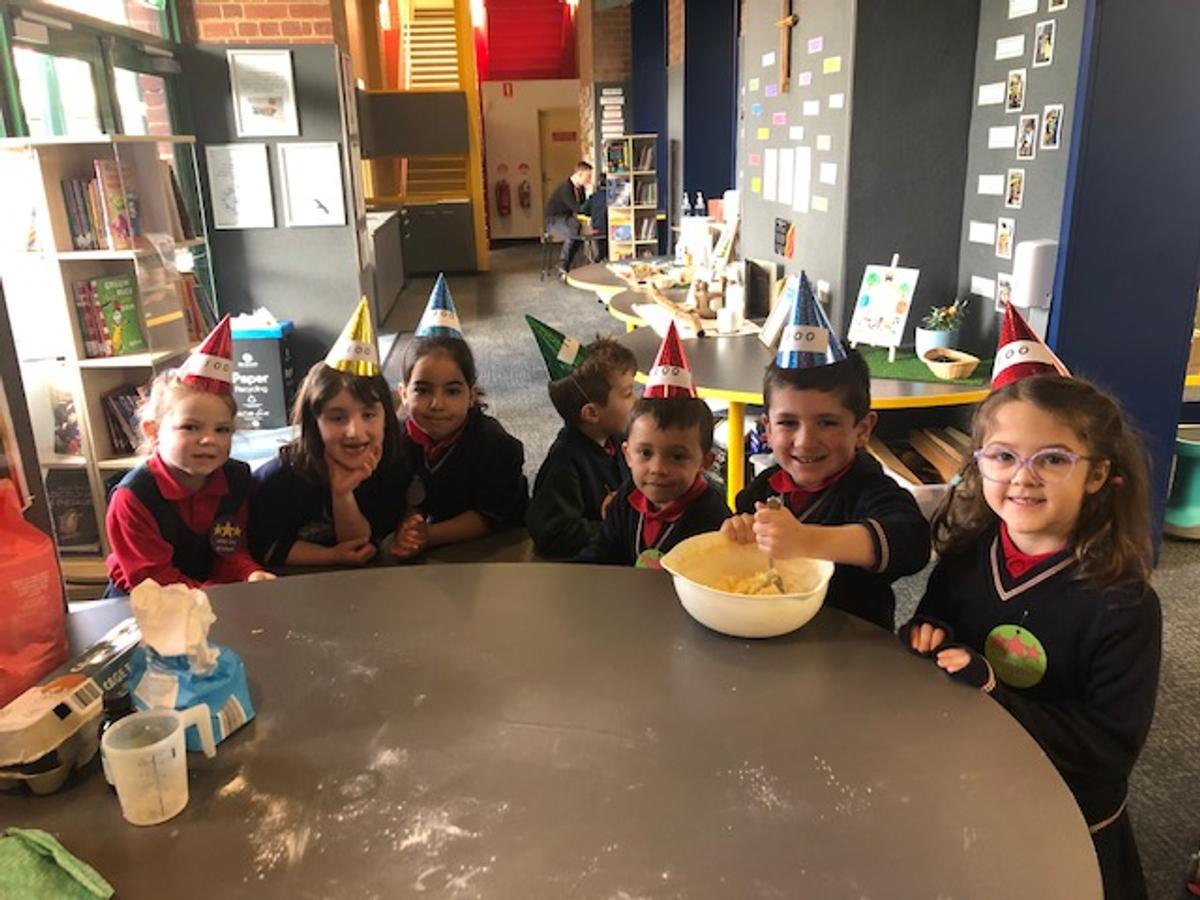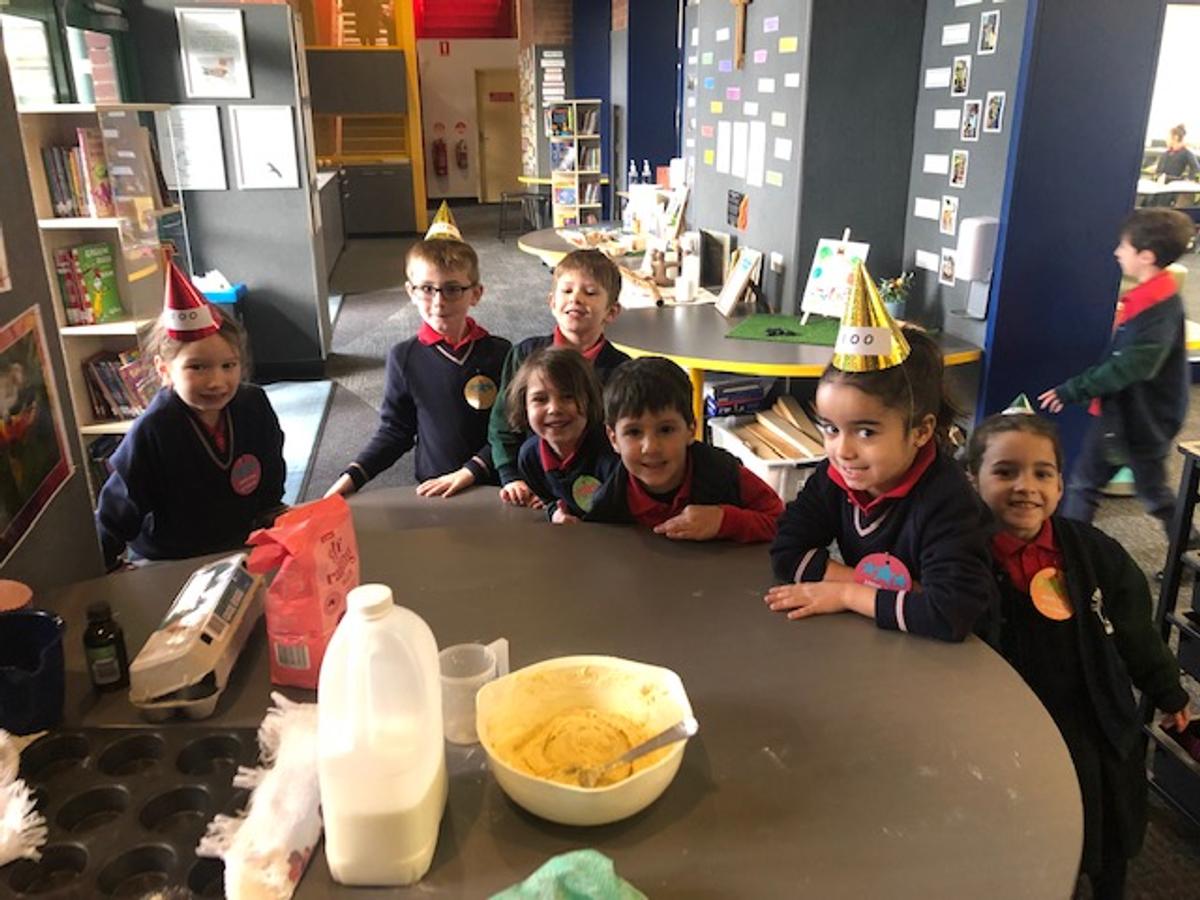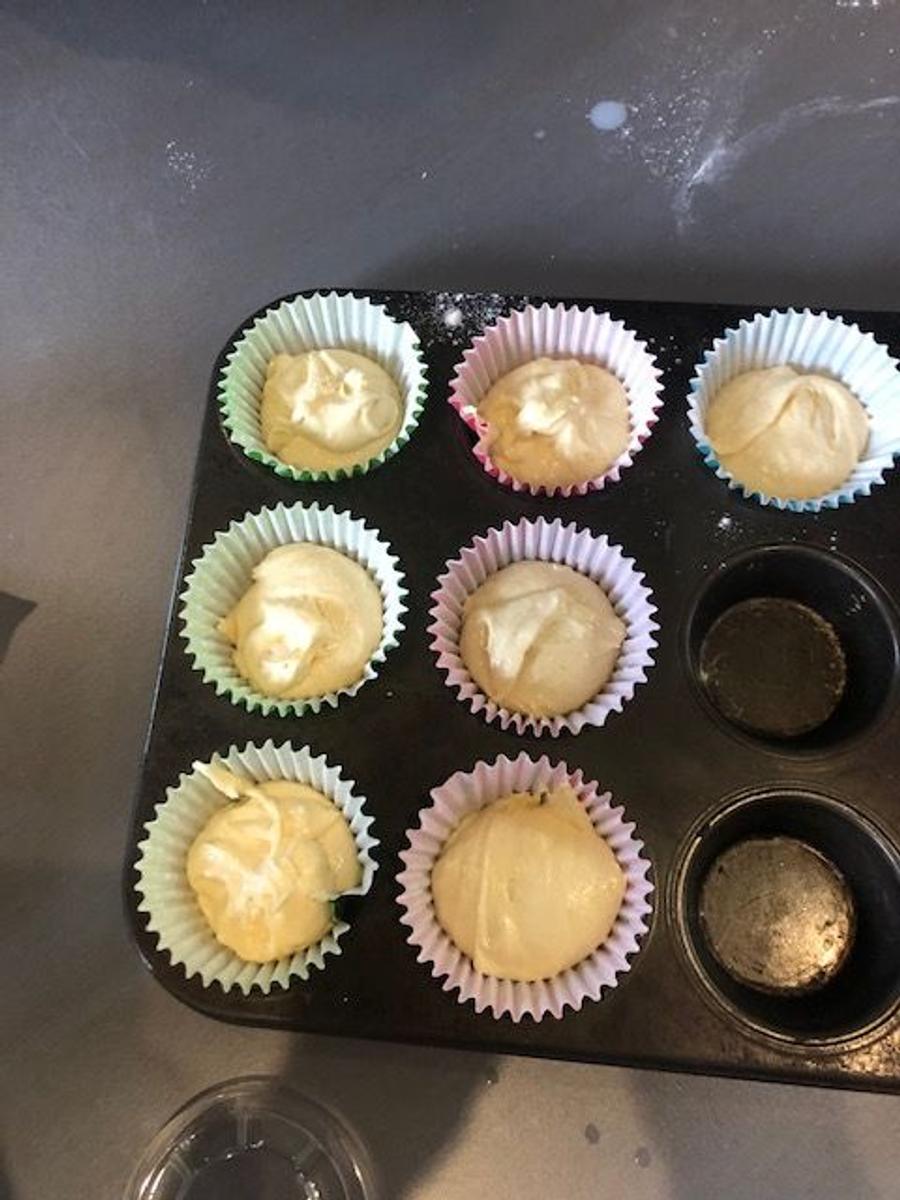Learning & Teaching
Learning and Teaching encompasses the following areas: Student Outcomes, Curriculum, Assessment, Reporting, Principles and Pedagogy.
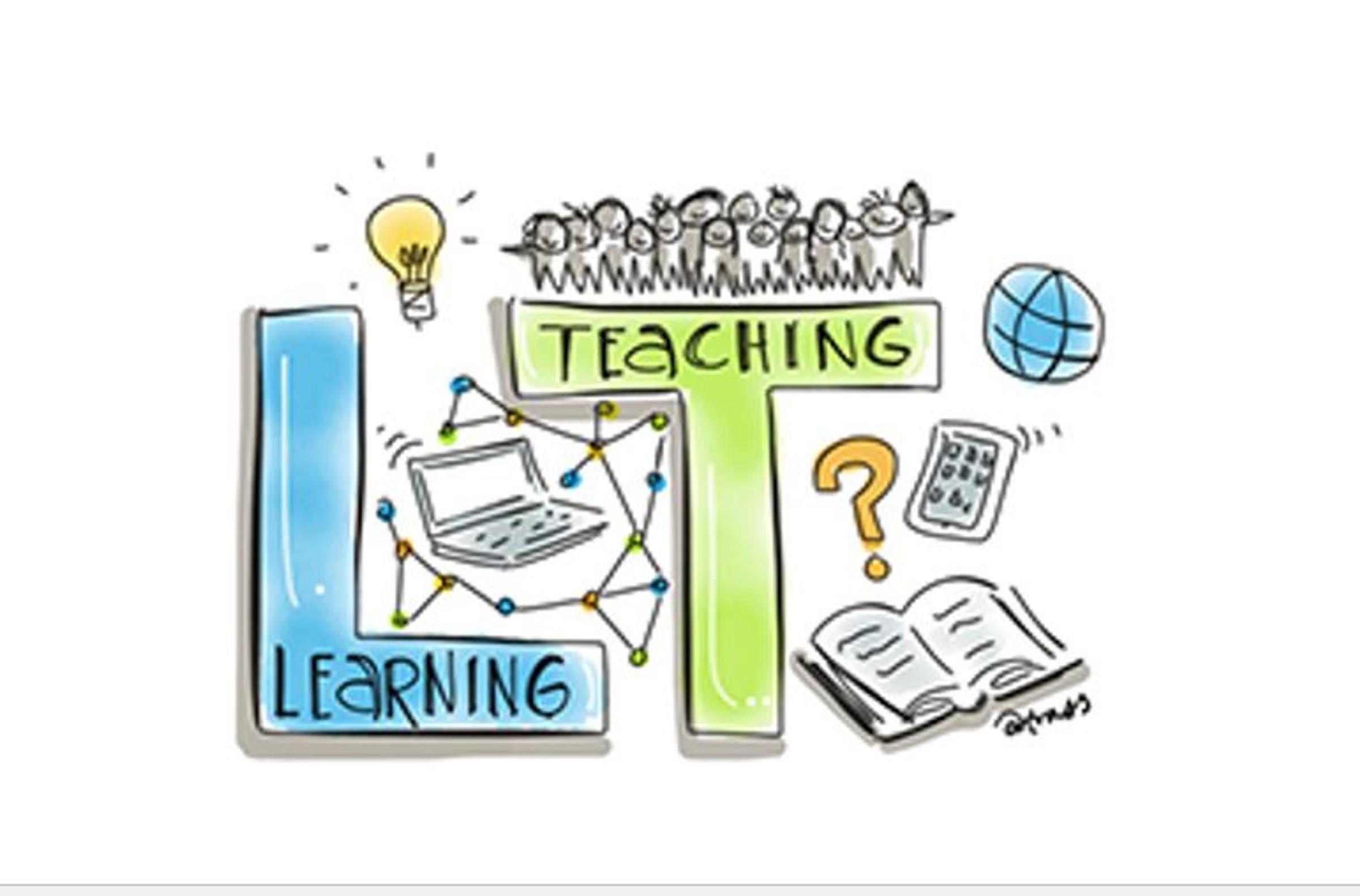
Learning & Teaching
Learning and Teaching encompasses the following areas: Student Outcomes, Curriculum, Assessment, Reporting, Principles and Pedagogy.
Picture Story Books Are For Readers of All Ages
One of the most effective ways to contribute to your child’s growth is by engaging them with picture storybooks. Picture storybooks are not just for entertainment but are educational tools that can enhance your child’s language skills, cognitive development, emotional intelligence, and creativity.
Picture books appeal to readers of all ages. They are shorter for children to read compared to chapter books and novels. However, many picture storybooks are highly sophisticated. Reading picture storybooks also helps children to develop their understanding of many topics and concepts about the world around them.
Picture storybooks improve children’s:
It's not just about the reading. The time spent discussing the stories, predicting outcomes, and relating the scenarios to the child's experiences is also crucial. These interactions can enhance comprehension, critical thinking, and empathy. Remember, every story read together is an investment in your child’s future. Parents, grab a picture storybook today and embark on exciting learning experiences with your child.
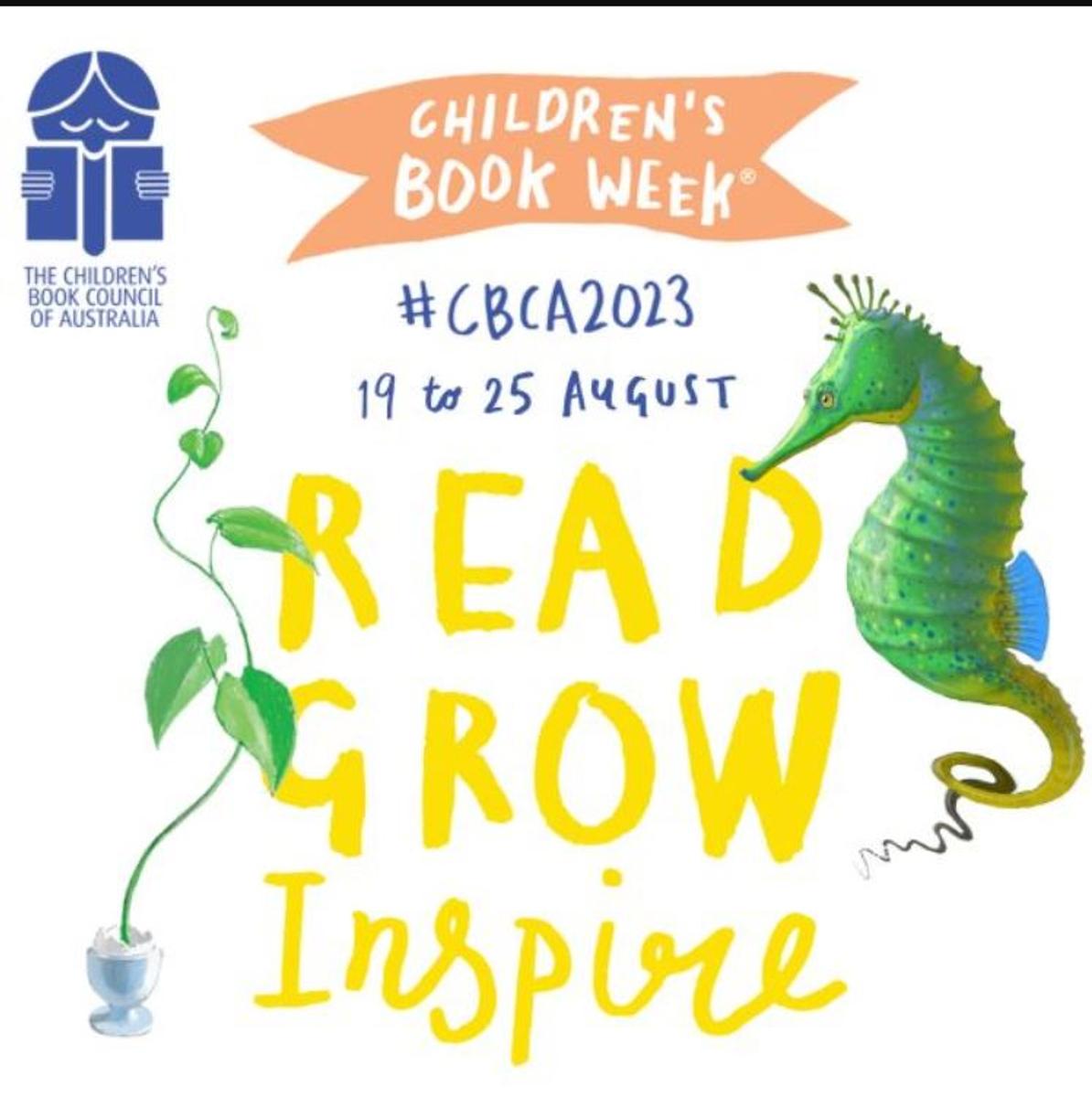

To celebrate Book Week this year, the students will have many opportunities to engage in the reading of different picture storybooks. There will also be a range of competitions for students to participate in. Look out for these competitions in next week’s newsletter.
We celebrated 100 days of Foundation on Tuesday by cooking cupcakes, decorating the cakes, finding 100 things, counting, making and writing everything about 100. So much Math in the day.
On Wednesday, we celebrated with the dress-up parade. So many great-looking 100-year-olds participated in our parade. To be greeted by 100-year-old Mrs Wenkowski and Miss Alex was a treat!
All the children came out to work with me on making the cakes and then icing them. I hope they enjoyed eating them! I have had a few requests for the recipe. Very happy to share.
The recipe is as follows:
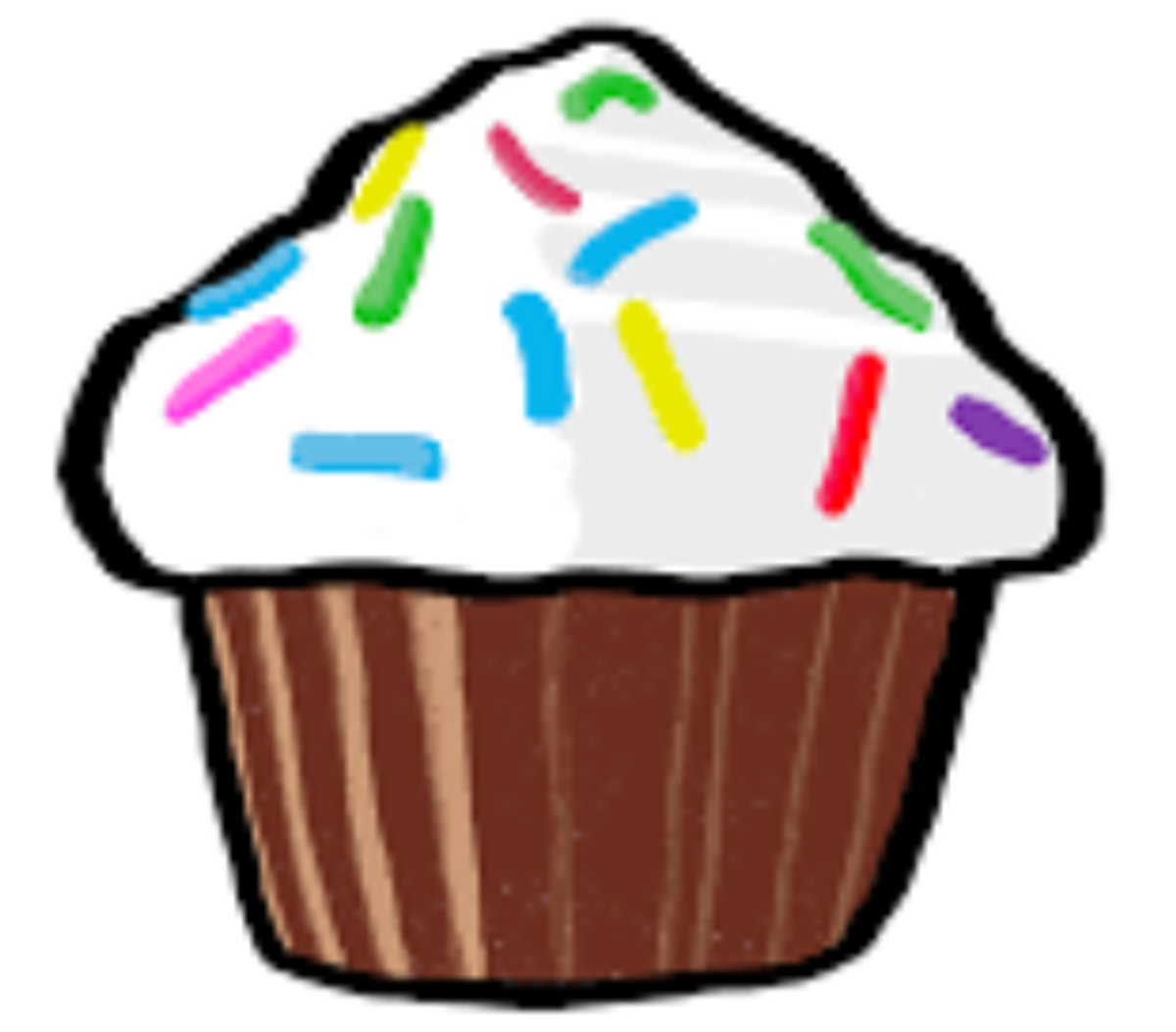

Mix until smooth and blended and pale.
Place large tablespoons into a Muffin pan.
Bake at 200 degrees fan forced for 13-15 minutes
Cool and ice.
Icing
Spread onto cakes and decorate with 100 & 1000s or coconut.
Cooking with kids: taken from RICH website (University of Cambridge) Using everyday language to talk about size, weight, capacity and volume
Children often enjoy joining in with cooking activities. Adults could provide recipes and equipment, and a safe environment for the children to cook. Children love to cook! It encourages their independence and increases awareness of healthy eating choices. Cooking can also be rich with mathematical language and thinking. The children can follow a simple recipe to bake and cook, from gingerbread men to bread.
Encouraging mathematical thinking and reasoning: Describing - Tell me how we are going to make... How much flour will we need? Tell me how we made..
Reasoning - What if the mixture is too wet/dry? What do we need to add more of/less of? Have we added the right amount of...? How do you know?.
Opening Out - Provide further opportunities for children to follow recipes. For example, they could make playdough.
Recording - Would it help you remember what is here if you took a photo? Could we draw/write something so someone else could have a go at making ...?
The Mathematical Journey Counting skills: - Saying one number for each object (e.g. when counting out ingredients and spoonfuls) remembering the pattern of the number sequence understanding cardinality i.e. that the last number gives the total.
Shape, space and measure: - Following a simple recipe to use everyday and mathematical language to describe size, weight and quantity (e.g. half, quarter, a little, a lot, heavy, light, kg etc.) use scales to weigh out ingredients.
Development and Variation
It is good to involve the children in the whole process, if possible.
You could start with writing shopping lists, maybe include a trip to the shops to buy ingredients and then allow the children to cook as independently as possible. Encourage the children to read the recipe themselves, counting ingredients and how many spoonfuls or cups they will need. It is important that the children use their critical thinking skills when following the recipe. Sometimes they might add a small spoonful which won't be enough. With support, they will need to think about how to fix this problem. A recipe using spoonfuls requires children to use their counting skills, but you could use weighing scales or cups to encourage different levels of mathematical thinking.
Resources A bowl and mixing spoon for every child - this is important as it will increase independence and mathematical thinking for every child. Attractively presented and easily accessible ingredients for children to use in their recipe. A camera might be useful for taking pictures.
Here are a few snaps of the children making the cupcakes:
